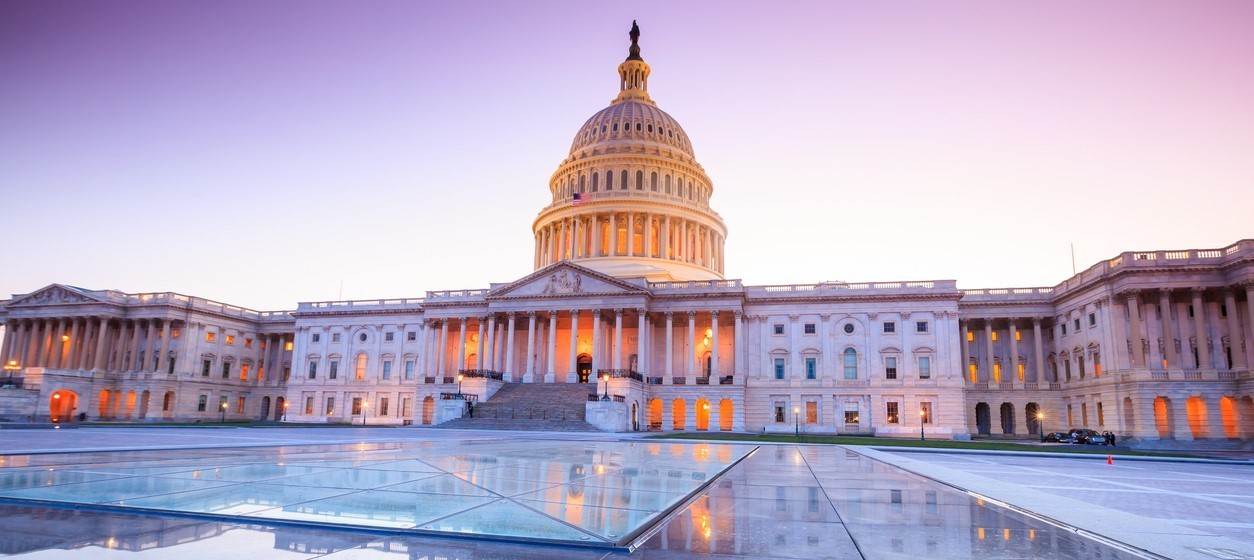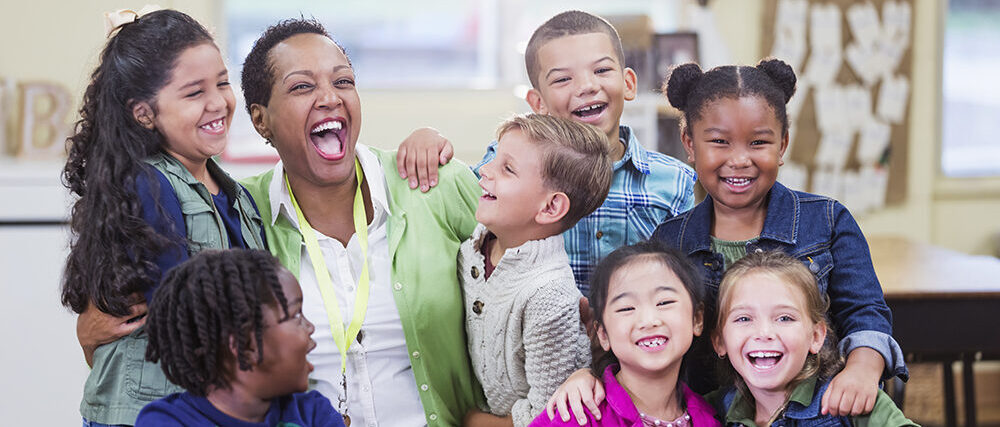February marks Black History Month, and the theme for this year celebrates Black artists as ‘agents of change.’
The National Council of Negro Women’s Good Health Women’s Immunizations Networks (Good Health WINS) initiative, of which Trust for America’s Health (TFAH) is a founding member, has certainly been an agent of change in the art of public health. The historic national organization’s efforts to bolster vaccinations among African Americans and counter misinformation during the COVID-19 pandemic were important to reaching and educating Black families and communities across the country.
The National Council of Negro Women (NCNW) was founded in 1935 by legendary philanthropist, civil rights activist, and suffragist Dr. Mary McLeod Bethune as a vehicle to empower African American women, their families, and communities. It has historically served as an umbrella organization for a network of chapters and groups advancing Black women civically, politically, and economically. The organization and its revered leaders have provided housing and education for women, particularly in the South, and been recognized for its influence and measured approach to policy advocacy.
At the height of the COVID-19 pandemic, the organization furthered its leadership on the front lines of promoting and protecting the health of communities of color, particularly as the first COVID-19 vaccines began to rollout. Fears, mistrust, inequitable distribution, barriers to access and misinformation led to African Americans initially having much lower vaccination rates than other populations.
In 2021, NCNW partnered with TFAH, Vaccinate Your Family (VYF) – a collaborative that drew on its partners’ expertise and reach to provide culturally-specific educational and messaging resources to its communities.
The initiative elevated voices trusted in Black communities to provide crucial information about vaccines at a time when past racial medical injustices, such as the Tuskegee experiments, were being used against the new vaccines. Good Health WINs produced how-to videos for social media and fact sheets. In its first year alone, the nationwide network hosted nearly 1,500 vaccination events, reaching 750,000 people.
COVID-19 vaccination rates are now higher for African American adults than their white counterparts, according to the Centers for Disease Control and Prevention (CDC), largely due to Good Health WINs and efforts like it. At the end 2023, nearly 83 percent of African Americans received at least one dose of the COVID-19 vaccine, compared to 80 percent of white Americans who received at least one dose.
NCNW’s ability to build and facilitate this coalition has been instrumental to its wide reach. NCNW itself is a collaborative of 36 national organizations that serve the Black community. Many chapters of historically Black Greek-letter fraternities and sororities are part of the NCNW/Good Health WINs network. Lifelong community service is an integral part of membership for these Pan-Hellenic organizations. The network also includes many faith-based organizations with sophisticated external marketing capabilities, such as the Alfred Street Baptist Church.
“We were facing a pandemic unprecedented in our lifetimes that, because of longstanding social determinants of health, posed an existential threat to African Americans,” said NCNW President and CEO Reverend Shavon Arline-Bradley. “Fortunately, our network and experience, including with HIV/AIDS education, equipped us to act quickly and decisively. We appreciate the support of Trust for America’s Health, Vaccinate Your Family, the Centers for Disease Control, Moss Consulting, our dedicated employees and tens of thousands of volunteers who support Good Health WINs.”
To date, more than 600,000 people have attended Good Health WINs events, and it has reached over 1.4 million people on social media with its science-based information about the safety and effectiveness of COVID-19 vaccines, according to the organization.
Good Health WINs provides communications toolkits for its members and circulates success stories from local chapters with the rest of the network.
The community engagement expertise of the NCNW, combined with the public health expertise of TFAH, CDC, and VYF, has been a fruitful recipe for raising awareness on other critical health needs in Black communities. The work now includes efforts to provide immunization resources for seasonal viruses and other diseases, as well as publicizing other health and wellness events, particularly around preventing heart disease.
“Outreach efforts that authentically and meaningfully seek to empower its constituents is an artform that the National Council of Negro Women has long mastered and that the country needs to achieve health equity,” said TFAH President and CEO Dr. J. Nadine Gracia. “Partnerships with community-based organizations that are trusted in their communities, supported by funding and resources to implement effective programs, are essential to promote optimal health, reduce health disparities, and advance health equity.”









